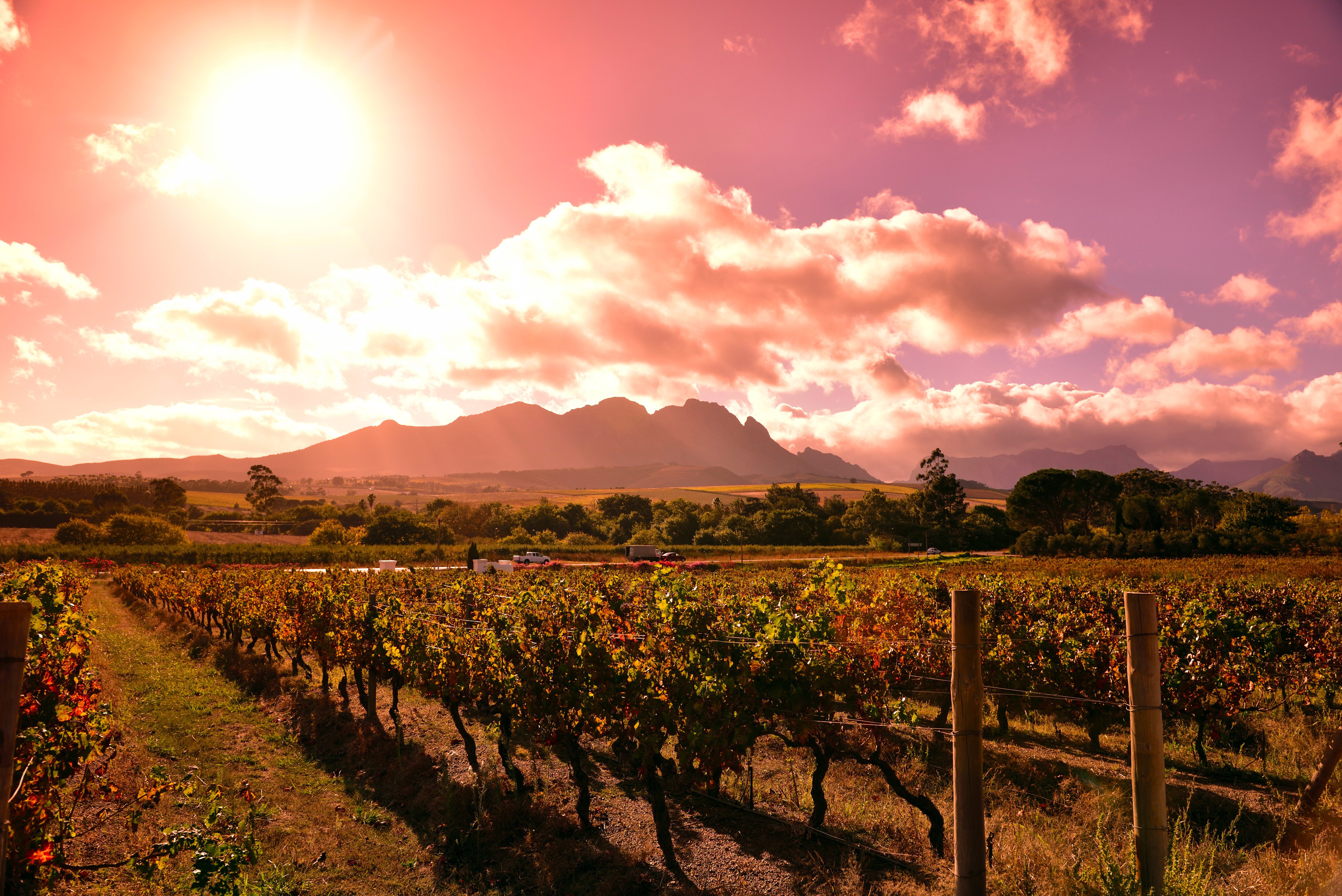
Judy Lombard
Stellenbosch University
Freshly pressed grapes, which become the wine in your glass, are crawling with micro-organisms. From bacteria and fungi to yeasts, these tiny creatures play a vital role in how your wine tastes. Certain bacteria and fungi, for example, can lead to wine tasting spoiled, similar to old milk. Yeast, on the other hand, is essential: it ferments the grapes’ sugars into alcohol and releases aromatic chemicals responsible for the taste and smell of a wine.
This in large part depends on where the wine comes from. Every wine producing region has a unique climate, soil and topography, collectively known as terroir, with its own specific microbial population. These factors, along with the grape variety and how the wine is made, shape the wine. But we cannot with certainty predict the effects of our indigenous yeasts on South African wine.
Whether it is the scent of apple orchards or the whiff of roses and Turkish delight, yeasts can give your wine its character. Or perhaps your glass of red smelled of nail polish remover or vinegar. This can also be laid at the door of yeasts, some of which can produce large amounts of acid. These aromas contribute to what is known as the “volatile acidity” of the wine, a problem that many South African wine makers struggle with.
South Africa is the eighth largest wine producer by volume, responsible for 4% of the world’s wine, and the wine industry is the leading agricultural export sector in the country. Spoilage of wine can see large volumes of wine being thrown away. More than half of the cellars in New Zealand and the United States struggle with volatile acidity, but winemakers generally do not advertise this and so statistics are difficult to come by.
With so many different yeast species and other organisms present in pressed grapes, it is difficult to determine how each of them will affect the final wine product. If we can determine what yeasts are endemic to specific wine areas, then we can help wine makers avoid the expensive losses that spoilage yeasts can cause.
The most common “wine yeast” is Saccharomyces cerevisiae, which produces floral, fruity aromas. It has been used for millennia in making bread and wine, and winemakers appreciate this yeast for its relatively predictable fermentation abilities and they deliberately add it to pressed grapes. This ensures that the sugars in grapes are converted quickly and efficiently into alcohol. If winemakers did not add this yeast, and relied only on those naturally occurring in the grape must, then the wine could take several months to ferment.
In 2012, researchers at Stellenbosch University set out to determine the microbial population in this world-renowned wine producing area. At the start of spontaneous fermentations, they found high concentrations of two yeasts: Kazachstania aerobia (KA) and Wickerhamomyces anomalus (WA).
Historically, these yeasts had not yet been studied in depth, but they could be the reason for the volatility that plagues and cuts into the wine yields of winemakers in the Stellenbosch region.
They are both indigenous yeasts known as non-Saccharomyces yeasts, and while they are naturally present in grape must, they die off during the fermentation process. This is because the famous wine yeast, Saccharomyces cerevisiae, consumes most of the nutrients and oxygen due to its rapid growing abilities, and because it can withstand high levels of ethanol, a form of alcohol. Indigenous yeasts are not particularly tolerant to large quantities of alcohol and like humans perform better in oxygen-rich environments.
In our study, we made a Sauvignon blanc using our KA and WA yeasts. We added the yeasts individually and in conjunction with the wine yeast to containers with pressed grapes. The latter process is known as a mixed fermentation and simulates a real wine situation. We wanted to see how the yeasts would affect the aroma of the wine. To do this, we determine how long the indigenous yeasts can survive in this inhospitable environment and how they affect the chemistry of the wine.
Both of these yeasts produced high quantities of ethyl acetate and acetic acid. Because of this, the wines smelled vinegary, with tones of nail polish remover. Even though the yeasts were not present in high numbers during fermentation, this research implicates them in the volatile acidity sometimes found in Stellenbosch wines.
These findings are valuable to winemakers who are trying to limit the amount of volatile acidity in their wines, and offers a way to address the problem: The desirable “wine yeast” can suppress the indigenous yeasts if it is added to the grape must as soon as it comes into the cellar. The wine yeast rapidly consumes all of the sugars and produces ethanol and carbon dioxide, which is like kryptonite to these two yeasts. Winemakers can also limit the amount of oxygen added to the pressed grapes, by keeping containers filled with as much wine as possible.
Currently researchers and students at Stellenbosch University are studying these and other non-Saccharomyces yeasts in depth to understand their effects on aroma and fermentation properties, both as individual yeasts and when present with the wine yeast Saccharomyces cerevisiae. Although some yeasts produce even worse aromas, like medicine cough drops, we have found others that make the wine smell like fresh pears or sweet perfume. Winemakers will benefit from having these yeasts in their fermentations, and they could create new types of wine.

Leave a Reply